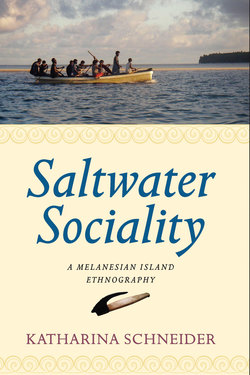Описание книги
The inhabitants of Pororan Island, a small group of ‘saltwater people’ in Papua New Guinea, are intensely interested in the movements of persons across the island and across the sea, both in their everyday lives as fishing people and on ritual occasions. From their observations of human movements, they take their cues about the current state of social relations. Based on detailed ethnography, this study engages current Melanesian anthropological theory and argues that movements are the Pororans’ predominant mode of objectifying relations. Movements on Pororan Island are to its inhabitants what roads are to ‘mainlanders’ on the nearby larger island, and what material objects and images are to others elsewhere in Melanesia.
